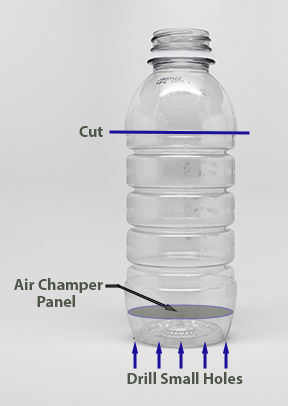
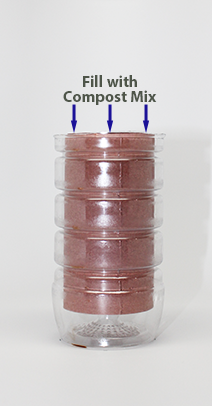
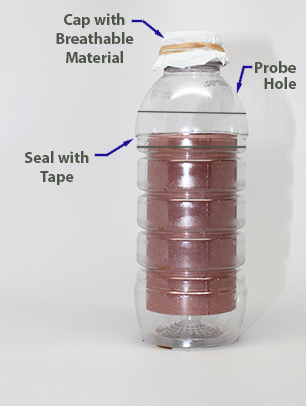
|
Materials:
|
| Equipment:heavy-duty scissors, utility knife, drill |
Skills
|
A bioreactor is a biosphere designed to accelerate the decomposition of matter. A healthy environment that supports microorganisms' growth will significantly reduce the time to make dirt from scraps. A plastic bottle of varied sizes will work, 16oz, 20oz, 1 liter...
Airflow (aeration) – Airflow is created with holes in the bottom, through the air chamber, and out a porous cap. The air chamber panel should be stiff and have holes for airflow. Its purpose is to contain the compost mixture while allowing air to flow through the mixture. A breathable cap made from a porous material (i.e., cheesecloth) is used to release air and prevent insect contamination.
Temperature – Use a stem thermometer to monitor temperature during the decomposition process. Access needs to be provided for the temperature probe. A hole in the cap or top to accommodate the probe diameter will work.
Since increased temperature promotes decomposition, insulating the bottle may aid the process.
Insect and odor control – Your bioreactor should not attract fruit flies. The proper balance of aeration, compost mix and moisture content throughout the process should be part of the plan. Collect data at scheduled intervals.
 |
 |
 |
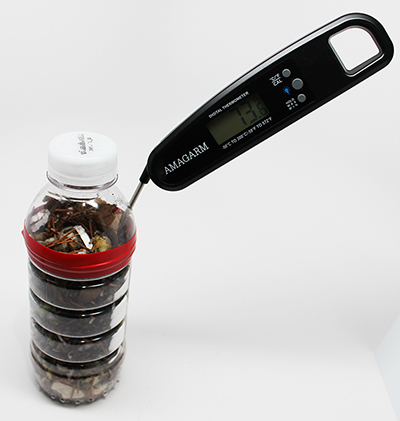
The health of a composting bioreactor is a measure of temperature and moisture content. Monitor the temperature at planned intervals (i.e., every day). Insert a probe thermometer to read the temperature at the sample's core.
Record your data and graph the results. Does the graph approximate the three composting phases?
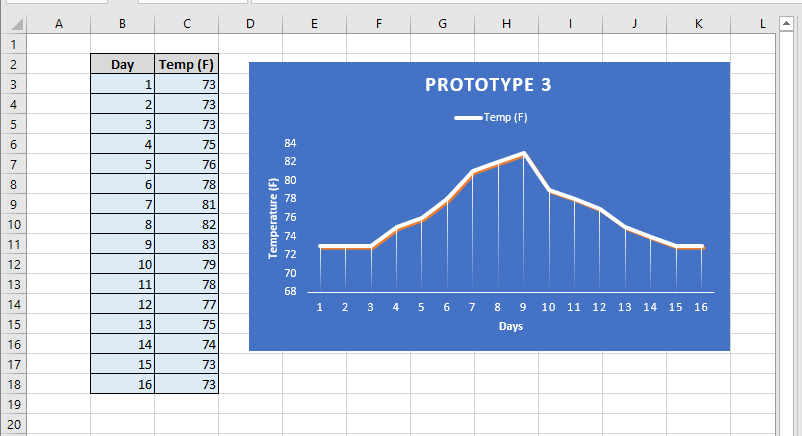
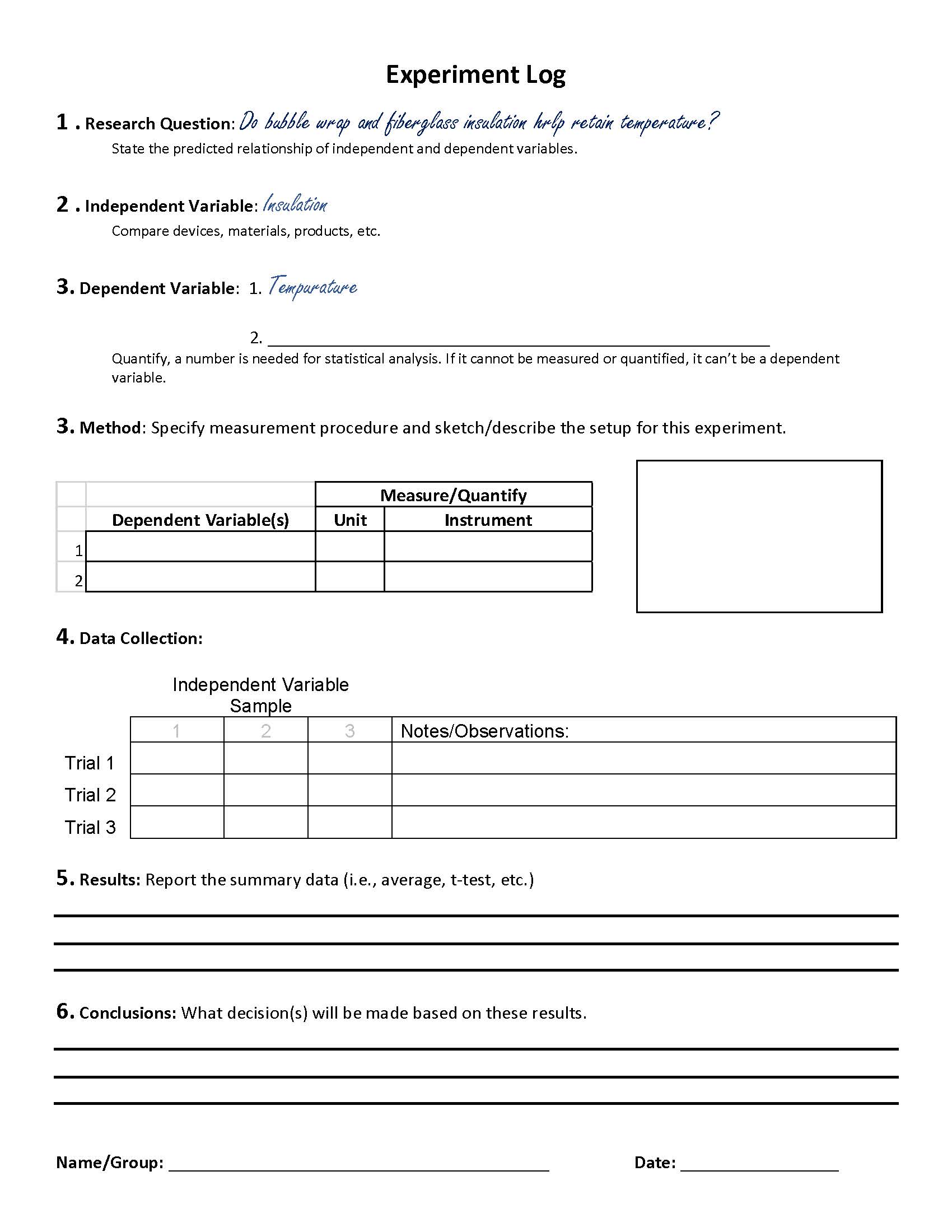
There are may variable that can be considered to optimize this design . With the goal of reducing the time to make better dirt, some research questions to consider may include:
Conduct experiments to determine the best design practices. Download an 'Experiment Log'HERE.